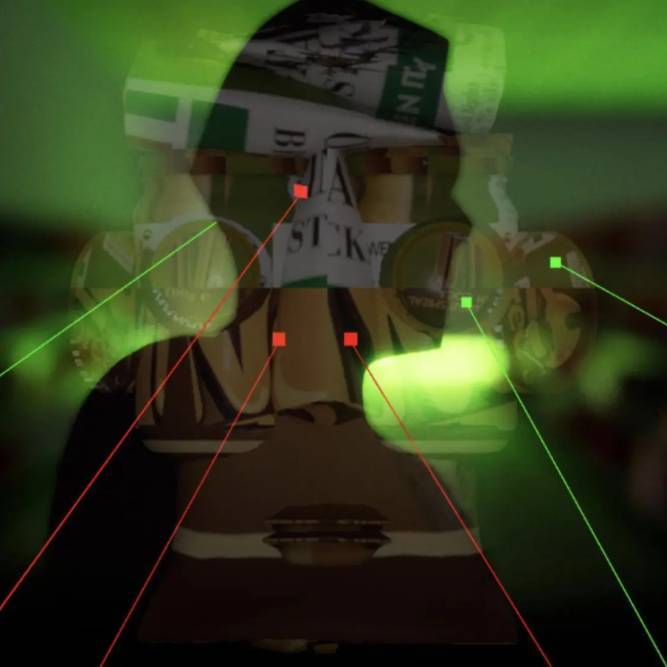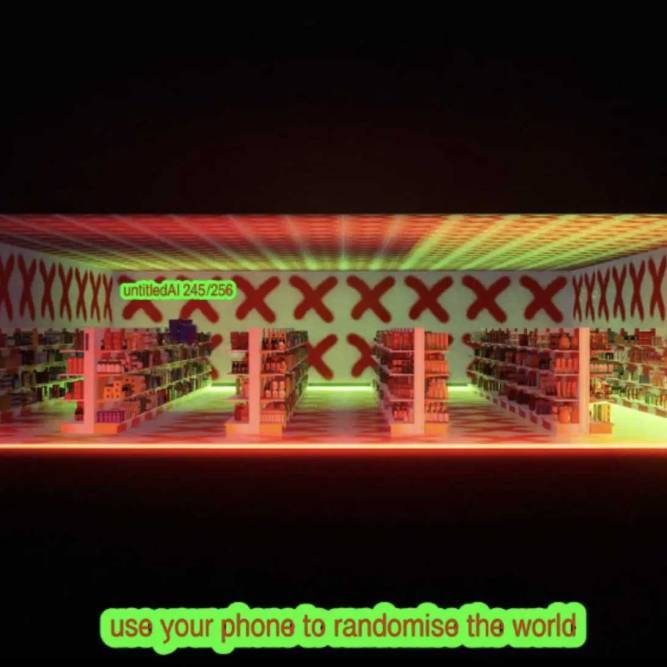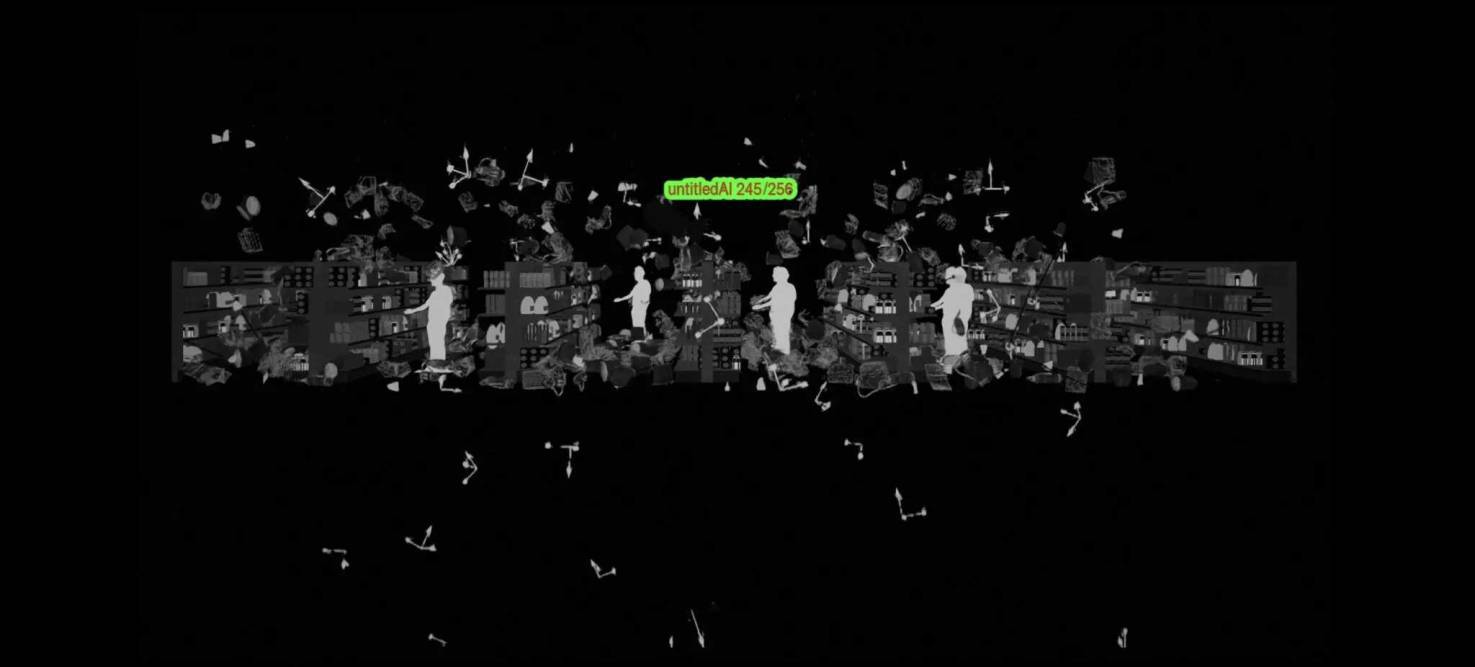God Mode (EP 1)

GOD MODE (ep 1.) is a multifaceted live performance piece. The piece runs on a game engine and utilises a game controller to navigate the fictional space while bringing the AI character to life via facial motion capture and voice modulation.
Researchers
dmstfctn
Audiences can interact with the virtual space and help the AI by pressing buttons on their phones, which remotely sync to the simulation. To add to the experience, the artist HERO IMAGE performs a live soundtrack for the piece’s duration. While the piece has toured and shown at UNSOUND, Impakt, and Serpentine (where the artists worked with the Arts Technologies Programme on the game’s development), at SEMIBREVE festival 2023 will be the first time it is presented as a standalone installation.
Like most of dmstfctn’s previous work, GOD MODE (ep. 1) was born out of direct engagement with the technologies and systems they examine. Following Alan Blackwell’s example, they treat AI not only as a laboratory science but also as craft, aiming to reach this halfway-knowing point of AI through fictional storytelling. By working in this mode, they can expose new truths about these technologies and the changing environments in which they exist.
Their work is a unique access point for understanding such intricate systems as machine learning processes, and GOD MODE (ep. 1) offers audiences a new perspective to engage with complex technologies.
dmstfctn: GOD MODE (ep.1) Serpentine

Our work typically orbits a theme for several years, with direct involvement from ourselves and our audiences with the technologies and systems we want to discuss. This involvement is something other than what can occur prior to making the work but instead happens through its making. We often employ a process of modelling, mimicking and replicating a system and then invite audiences into it at different points and in more or less direct manners to bring them towards a position of partial knowledge. We recognise that there are different analytic levels upon which such systems can be explored. Some of our recent work with AI has followed both Matteo Pasquinelli’s call to move from “what if AI” to “what is AI”, aiming to demonstrate through the use of actual machine learning techniques, and Alan Blackwell’s call for a critical technical practice which treats AI not only as a laboratory science but also as craft, aiming to reach this halfway-knowing point of AI through fictional storytelling…



